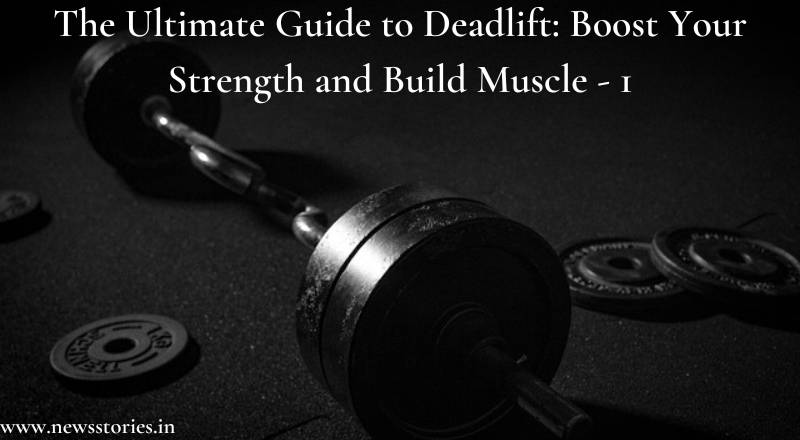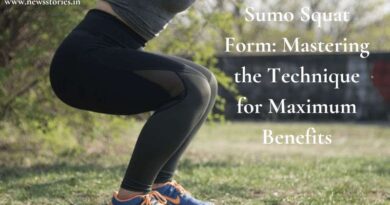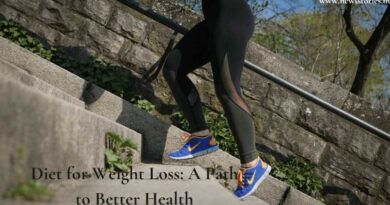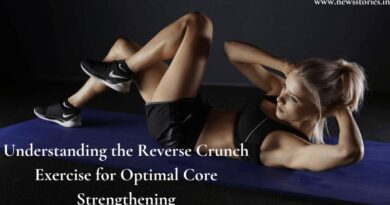The Ultimate Guide to Deadlift: Boost Your Strength and Build Muscle – 1
Introduction
Welcome to the ultimate guide to deadlifts! In this comprehensive article. we will explore everything you need to know about deadlifting. Including its benefits, proper form, variations, and how to incorporate it into your fitness routine.
Whether you’re a beginner or an experienced lifter, this guide will provide you. With valuable insights to help you boost your strength, build muscle, and take your fitness to the next level.
Table of Contents
The Basics of Deadlifts
Why Deadlifts are Essential for Strength Training
The Science Behind Deadlifts
Deadlift Variations: Choosing the Right One for You
Proper Deadlift Form: Step-by-Step Guide
Common Mistakes to Avoid While Deadlifting
Deadlift Accessories: What You Need for Optimal Performance
Incorporating Deadlifts into Your Workout Routine
Muscle Building and deadlift
Squats vs deadlift: Which is Better for Overall Strength?
Weight Loss on Deathlift : Can It Help You Shed Pounds?
Core Strength on deadlift : The Connection Explained
Grip Strength of deadlift: Strengthening Your Hold
Posture on deadlift: Improving Your Alignment
Back Pain and deadlift: Addressing Concerns
Athletes on deadlift: Enhancing Sports Performance
Women on deadlift: Empowering Strength Training
Deadlift and Aging and deadlift: Benefits for Older Adults
Frequently Asked Questions (FAQs)
Conclusion
The Basics of Deadlifts
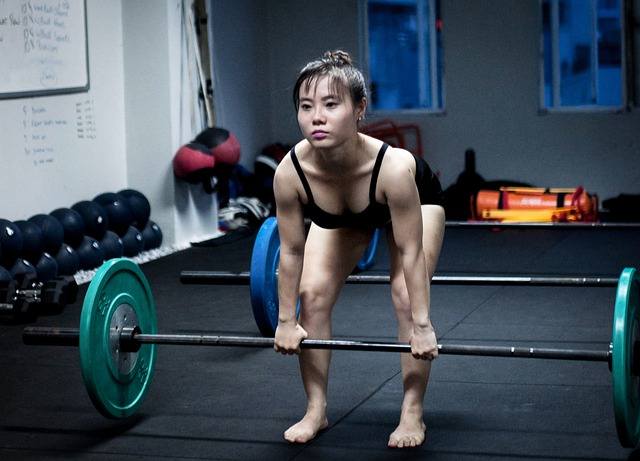
Let’s start with the basics. The deadlift is a compound exercise that primarily targets the muscles of the lower body. Including the glutes, hamstrings, and quadriceps. It also engages the core, back, and grip muscles, making it one of the most effective exercises for total body strength development.
Deadlifts involve lifting a loaded barbell from the floor to a standing position. Simulating the movement of lifting heavy objects in real-life situations. It is a functional exercise that translates into improved everyday activities and sports performance.
Why Deadlifts are Essential for Strength Training
Deadlifts are considered the king of all exercises for a good reason. They offer a wide range of benefits that make them essential for strength training.
Full Body Activation: Deadlifts engage multiple muscle groups simultaneously, providing. A full-body workout and promoting overall strength development.
Functional Strength: As mentioned earlier, deadlifts mimic real-life movements like picking up heavy objects. Improving your functional strength for daily activities.
Muscle Hypertrophy: Deadlifts stimulate muscle growth in the lower body, including the glutes, hamstrings, and quadriceps. They also activate the back and core muscles, contributing to a well-rounded physique.
Improved Posture: Deadlifts strengthen the muscles responsible for maintaining proper posture. Reducing the risk of slouching and related back issues.
Increased Bone Density: Weight-bearing exercises like deadlifts stimulate bone growth. Promoting optimal bone density and reducing the risk of osteoporosis.
The Science Behind Deadlifts
To understand the effectiveness of deadlifts, let’s delve into the science behind them. When you perform a deadlift, several physiological processes occur.
Muscle Fiber Recruitment: Deadlifts recruit both fast-twitch and slow-twitch muscle fibers. Leading to muscle growth and enhanced strength.
Hormonal Response: Deadlifts trigger the release of growth hormone and testosterone. Hormones crucial for muscle growth and repair.
Central Nervous System Activation: Deadlifts activate the central nervous system, improving neural adaptations and increasing overall strength.
Metabolic Impact: Deadlifts engage a large number of muscles, resulting in a higher metabolic demand. Increased calorie expenditure, and potential fat loss.
Deadlift Variations: Choosing the Right One for You
One of the great things about deadlifts is the variety of variations available.
Conventional Deadlift: The standard deadlift technique, where you lift the barbell with a shoulder-width stance.
Sumo Deadlift: In this variation, you adopt a wider stance with your feet pointed outwards, resembling the posture of a sumo wrestler.
Romanian Deadlift: The Romanian deadlift targets the posterior chain, focusing on the hamstrings and glutes. It involves a slight knee bend and emphasizes the hip hinge movement.
Trap Bar Deadlift: The trap bar, also known as the hex bar, allows for a more upright torso position. And may be more suitable for individuals with lower back issues or limited mobility.
Deficit Deadlift: This variation involves standing on a raised platform or plates. Increasing the range of motion and challenging your strength.
Remember to choose a deadlift variation that aligns with your fitness goals. Level of experience, and individual preferences.
Proper Deadlift Form: Step-by-Step Guide
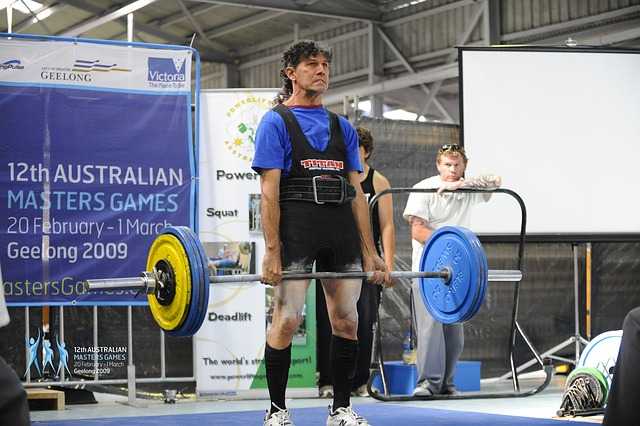
Proper form is crucial for maximizing the benefits of deadlifts and minimizing the risk of injury. Follow these step-by-step instructions to perform deadlifts with proper form:
Approach the barbell with your feet hip-width apart. The middle of the barbell should be over your mid-foot.
Keep your back straight and your chest raised while bending at the knees and hips. Grip the barbell just outside your shins, using either an overhand or mixed grip.
Inhale deeply, tighten your abdominals, and contract your last.
Drive through your heels, extend your hips, and stand up, keeping the barbell close to your body.
Once you reach the top position, lock out your hips and knees, maintaining a neutral spine.
To lower the barbell, initiate the movement by hinging at the hips. And bending your knees, maintaining control throughout the descent.
Also Read : https://newsstories.in/the-ultimate-guide-to-a-slimmer-waistline-on-how-to-lose-belly-fat-level-1/
Common Mistakes to Avoid While Deadlifting
While deadlifts are highly beneficial, it’s important to avoid common mistakes. That can compromise your form and increase the risk of injury.
Rounding the Back: Maintaining a neutral spine is crucial for a safe deadlift. Avoid rounding your back, as it places excessive stress on your spine and increases the risk of disc herniation.
Using Excessive Weight: Start with a weight that you can lift with proper form. Gradually increase the weight as you become more proficient and comfortable with the movement.
Neglecting Warm-Up: Always warm up before deadlifting to prepare your muscles and joints for the exercise. Incorporate dynamic stretches and mobility exercises to improve your range of motion.
Lifting with Poor Grip: Ensure a secure grip on the barbell to maintain control throughout the lift. Consider using lifting straps or chalk if grip strength is a limiting factor.
Hyperextending at the Top: Avoid hyperextending your back at the top of the deadlift. Instead, focus on a neutral spine position to prevent unnecessary strain on your lower back.
Remember, quality of movement is more important than quantity of weight lifted. Prioritize proper form and technique to reap the full benefits of deadlifts.
Deadlift Accessories: What You Need for Optimal Performance
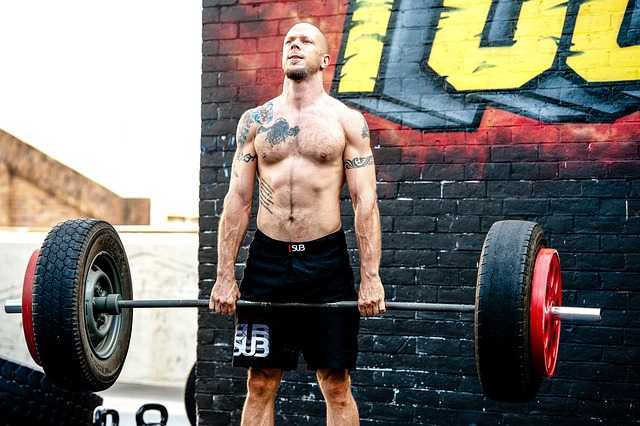
While deadlifts can be performed with just a barbell, incorporating certain accessories can enhance your performance and safety. Here are some deadlift accessories to consider.
Weightlifting Belt: A weightlifting belt provides additional support to the core and lower back. Helping to maintain proper form and reduce the risk of injury.
Lifting Straps: Lifting straps can improve grip strength by providing a secure grip on the barbell. They are particularly useful when grip strength becomes a limiting factor.
Chalk: Chalk absorbs moisture and improves grip. Allowing you to maintain control of the barbell throughout the lift.
Deadlift Socks: Deadlift socks provide protection and prevent the barbell from scraping. Against your shins, reducing the risk of injury and discomfort.
Knee Sleeves: Knee sleeves offer compression and support to the knees. Promoting joint stability and reducing the risk of injury during heavy deadlifts.
Remember, while accessories can be beneficial, it’s important to prioritize proper form. And technique over relying solely on accessories.
Incorporating Deadlifts into Your Workout Routine
Now that you understand the importance of deadlifts and how to perform them correctly. Let’s discuss how to incorporate them into your workout routine. Here are some tips.
Frequency: Aim to deadlift at least once a week to allow for adequate recovery and strength development. Advanced lifters may benefit from deadlifting twice a week, but listen to your body and adjust accordingly.
Set and Rep Scheme: Start with 3-4 sets of 5-8 reps for beginners. As you progress. You can modify the rep range and intensity based on your goals. For strength development, focus on lower reps (1-5). And for muscle hypertrophy, aim for higher reps (8-12).
Progressive Overload: Continually challenge your muscles by gradually increasing the weight lifted over time. This gradual overload promotes strength and muscular increases.
Supplemental Exercises: Include accessory exercises that target the muscles involved in the deadlift. Such as Romanian deadlifts, glute bridges, and farmer’s walks.
Remember to prioritize adequate rest and recovery between deadlift sessions to allow for muscle repair and growth.
Deadlift and Muscle Building
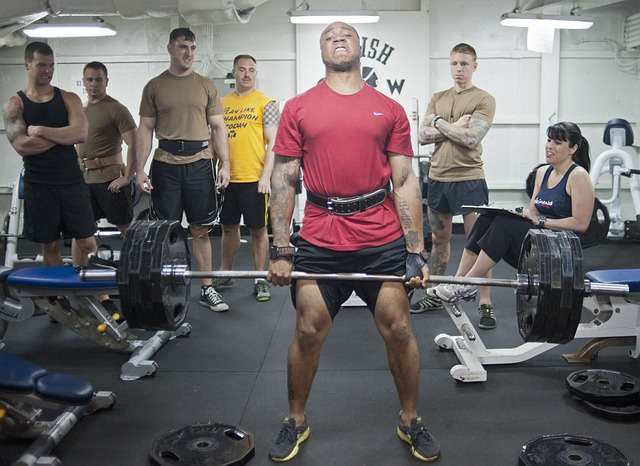
Deadlifts are highly effective for building muscle mass, especially in the lower body. Here’s how deadlifts contribute to muscle building.
Targeted Muscle Activation: Deadlifts primarily target the glutes, hamstrings, and quadriceps. Stimulating muscle growth and development in these areas.
Hormonal Response: Deadlifts trigger the release of growth hormone and testosterone. Hormones crucial for muscle growth and repair.
Compound Exercise Advantage: Deadlifts are a compound exercise that engages multiple muscle groups. Simultaneously, allowing for efficient muscle development and maximizing overall strength.
Progressive Overload: By gradually increasing the weight lifted during deadlifts. You create a progressive overload stimulus that promotes muscle hypertrophy.
Incorporating deadlifts into your training regimen can significantly contribute. To your muscle-building goals, particularly in the lower body.
Continue Next Post For Further Information.
<< Previous Post
https://newsstories.in/the-ultimate-guide-to-a-slimmer-waistline-on-how-to-lose-belly-fat-level-2/
>> Next Post
https://newsstories.in/the-ultimate-guide-to-deadlift-boost-your-strength-and-build-muscle-2/

